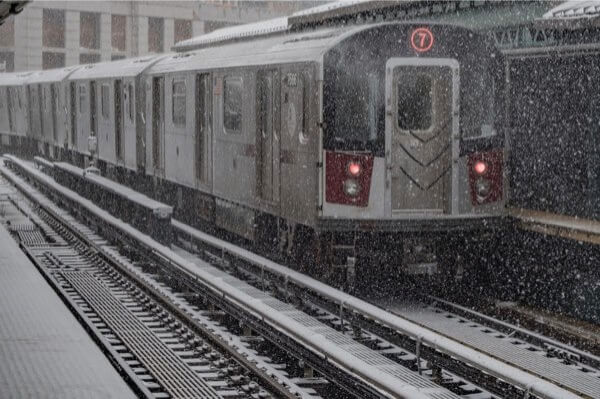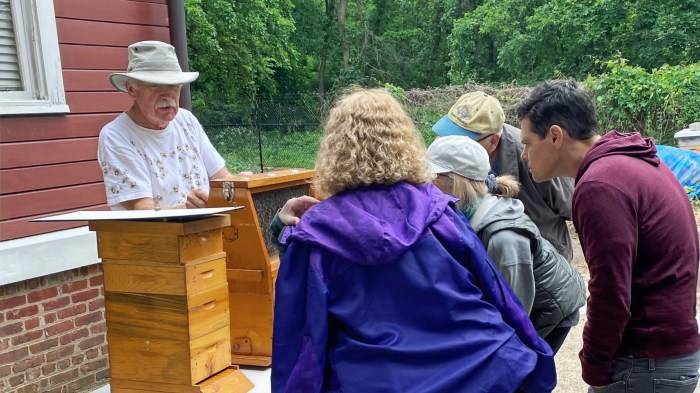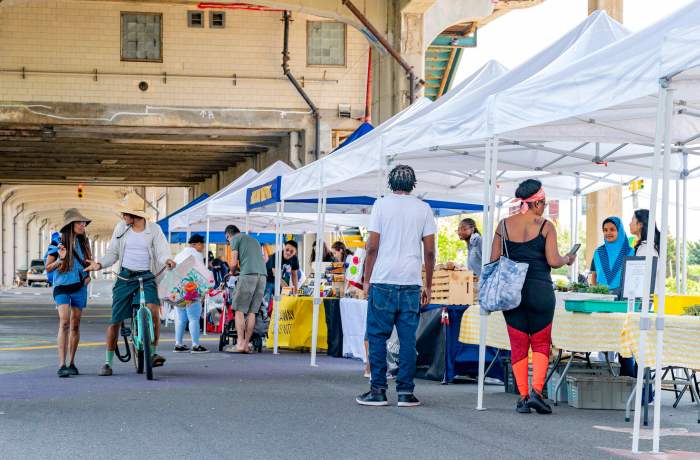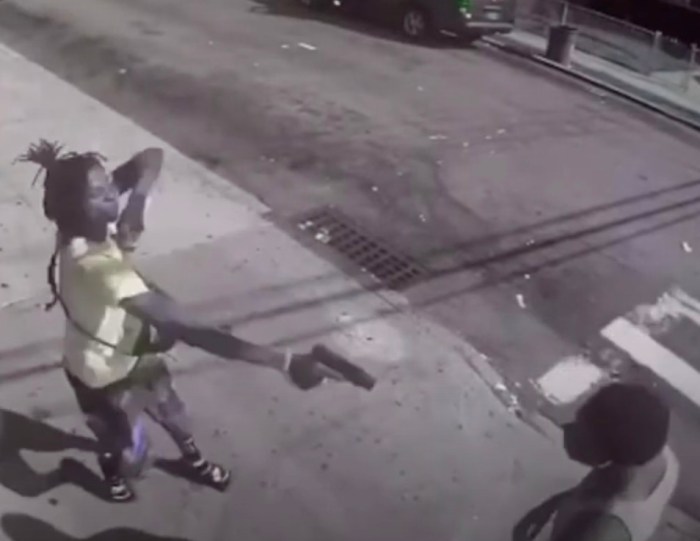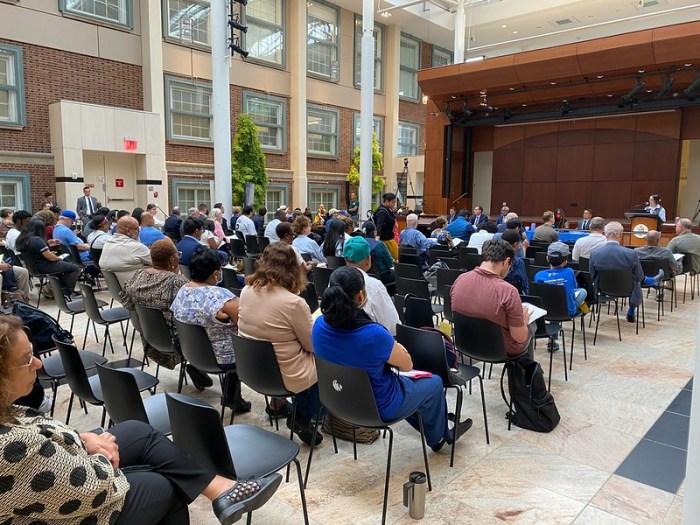By Mark Hallum
The MTA will be stepping up its effort to mitigate the impact to commuters in April 2019 when the Canarsie Tunnel is set to close for about a year to make repairs from damage caused by flooding from Hurricane Sandy.
The No. 7 train will be bearing the weight of the overflow from Brooklyn’s partial L train shutdown with 14 additional trains running on the line on weekdays through Queens, as well as two additional trains on the 6 line, according to the state agency.
“It’s extremely important for us to get the subway service alternatives right during the L tunnel reconstruction project, because we plan to accommodate up to 80 percent of diverted L riders on other subway lines,” NYC Transit President Andy Byford said. “By adding service on the 7 line to prepare for more customers, we’re making sure that once the tunnel work begins, Brooklyn riders can get to where they need to go while Queens customers get the service they depend upon.”
The MTA expects the No. 7 line to be one of the top alternatives for people commuting to Manhattan from Brooklyn and is expecting transfers to occur at Court Square, where the two east-west lines connect via the G train.
The possible overflow of riders onto the G and the No. 7 trains has also been on the radar of activists who have been urging the MTA to examine the impacts to Queens since the announcement that the Canarsie Tunnel would be out of commission for a little over a year starting in April.
Founding members of the transit group Access Queens expressed concern that the MTA was not seriously considering the impact the displaced Brooklyn straphangers will have on the congested No. 7 Train at a joint open house in Ridgewood between the MTA and the city Department of Transportation held in April.
“They don’t really have a precise way to know who is gong to use which lines, so they’re making assumptions and no one thinks the 7 line is as bad as it is,” said Melissa Orlando, a founding member of Access Queens. “People who don’t ride the train don’t understand how bad it is… There’s kind of like a disconnect from what’s actually happening and I think they’re really not anticipating — or not able to anticipate — what’s actually going to happen.”
But the MTA said its effort factored in capacity on No. 7 trains and the line should be able to support an overflow of people from Brooklyn.
“We’ve been aggressively preparing robust service plans for the Canarsie Tunnel reconstruction project and expect the 7 train to have enough capacity for additional riders boarding at Court Square while the project is underway,” MTA spokesman Shams Tarek said. “We’ll also vigilantly monitor conditions and deploy personnel to help customers as they navigate unfamiliar routes.”
The Canarsie Tunnel was one of nine underwater passages flooded during Superstorm Sandy in 2012 and sustained the most amount of damage to tracks, signals, signal lines, power cables, communication lines, lighting and ducts along the over 7,000-foot stretch.
Walls must be rehabilitated to ensure the structural integrity of the tunnel.
Reach reporter Mark Hallum by e-mail at mhall

